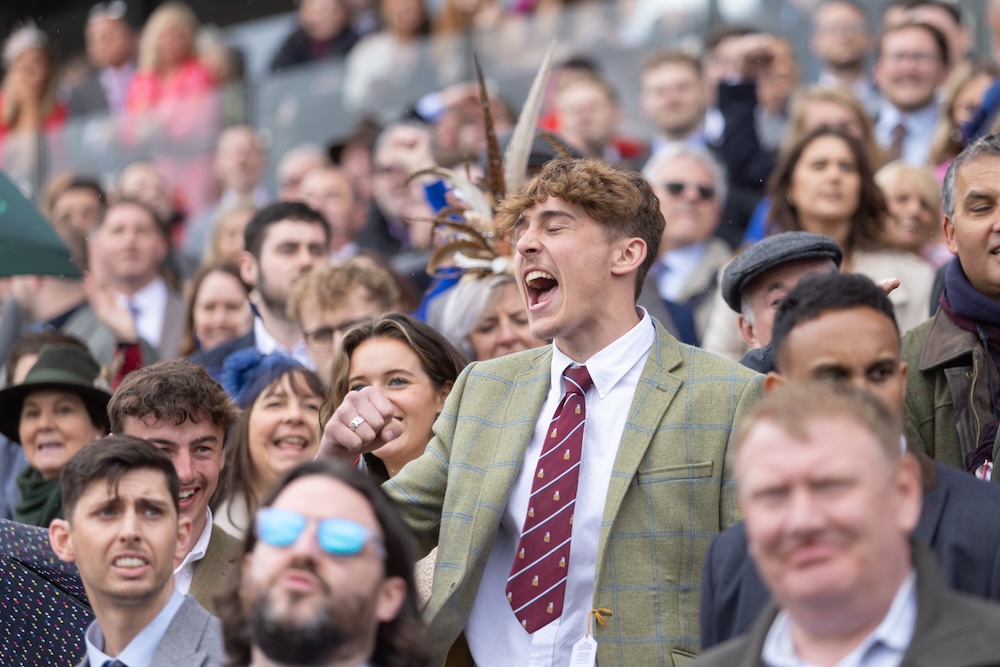
Features
The Guide Liverpool’s walking tour of Sefton Park with Richie the Ranger
5 years ago
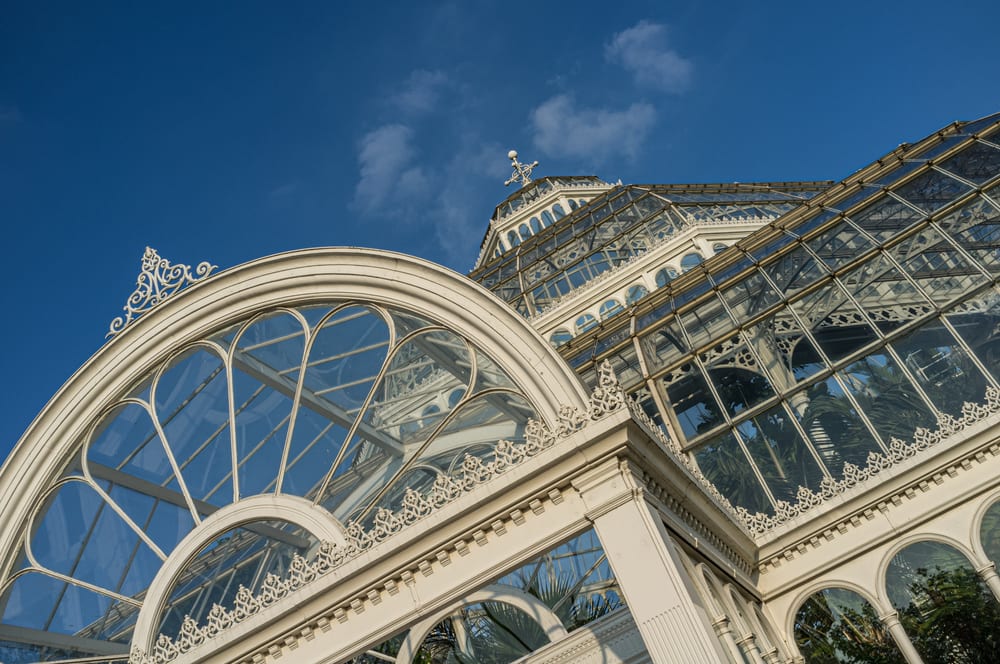
Former park ranger Richie Baker knows Liverpool’s parks like the back of his hand – and he reckons now’s the best time ever for us all to get to know them more.
“It’s so nice – and important physically and mentally – to get out for a walk,” says Richie, who now organises guided walks and events. “But I find going for a walk with a bit of a theme makes it even more enjoyable.”
Richie has created a one-hour walk around Sefton Park that takes people around one of the city’s most popular green spaces, with stopping points to find out more about its history and features.
“It’s a nice easy stroll which I hope people will find interesting.”
Start by the Lake’s edge, near to the Aigburth Vale entrance into the park.
Stopping place 1:

Lake edge. First a bit of history about the area. The first recorded settlers here were the Vikings. Arriving in the 9th Century, they formed two peaceful settlements, one on higher ground which they called “Smethdune” (meaning Smooth Hill) which of course became Smithdown (Smithdown Road) and the other, known as Toki Stadir’ (meaning Toki’s Landing place) which became Toxteth. In the 13th Century the whole of the Toxteth, Aigburth and Smithdown area was transformed into a deer park known as the Toxteth Deer Park, used exclusively by royalty for deer hunting. For anyone caught poaching the King’s deer the sentence was hanging!
The deer park existed for 300 years but was disbanded in the 16th Century. The land was controlled by the Molyneux Family, the Earls of Sefton, who opened the area for farming and industry. By the 1800s it was thriving but, with local dignitaries concerned about the loss of green spaces, “The Parks Movement” began, calling for three huge municipal parks to be built (Parks for the People”).
The first, Newsham Park, was opened in 1868; 1870 saw the opening of Stanley Park and, in 1872, Sefton Park. As you stand facing the lake, follow the lake’s pathway to the right, passing the kiosk café. Continue around the lake until the path forks uphill to the right. Follow this pathway up hill and you will be standing looking down at the lake (there should be a large boulder near the stop).
Stopping Place 2:

You should now be looking down on the Lake. The city council of the day purchased 360 acres of Molyneux family land to build what was to become Sefton Park. An international competition was held for the design of the Park with a first prize of 300 guineas, going to French designer Eduard Andre. Andre was pleasantly surprised with “natural features” of the area, mainly the natural water courses and used these streams to create the water courses that we have today.
The park was officially opened in May 1872 by Prince Arthur, who declared it to remain open as a place of rest and relaxation for the people of Liverpool. Continue along the pathway, enjoying the views until you slightly lose full sight of the lake and, as you pass some steps on your left, keep your eyes open for “The Rathbone Statue”.
Stopping Place 3:
The Rathbone Statue. William Rathbone was born on June 17, 1787, and died in 1858. During his 80 years he contributed many innovations which we still benefit from to this day – as Lord Mayor of the City he who laid the foundation stone for St Georges Hall. William was a wealthy man but also a social visionary: During his day, bribery was rife during elections, so it was he who introduced our modern voting system with properly registered voting slips, sealed ballot boxes, registered scrutineers and private polling booths. He also introduced a welfare fund for the poor and he, and his son, were responsible for introducing the first free nursing service in the world. Eventually this developed into district nurses to deliver care at home.
His granddaughter, Eleanor Rathbone, was responsible for introducing the Family Allowance.
Before moving on, look at the plaques. These where made by a man called Brock and show the family’s charitable and commercial works. They are very detailed, but one is not as good as the others for some reason. See if you can spot which one.
Time to move on and, with your back to the Rathbone statue, you will see the water course opposite. Head this way, following the path with the water course on your right. As you walk along you will eventually come to a rough soil path directly ahead. Ignore this and turn right past some railings and follow the Tarmac path to the left. As you come to the end of this path you will come to railings and a gate which leads into the Fairy Glen.
Stopping Place 4:

The Fairy Glen is a lovely part of the park, surrounded by beautiful trees, and in the spring it hosts a colourful display of rhododendrons. Flowing through the Fairy Glen is a water course known as the River Jordon. In the 1600s there was an influx of Puritan worshippers into the area. The Puritans were being persecuted at the time for being Non-Conformists (they wouldn’t conform to the Church of England’s way of worship, preferring to worship in their own way) and Liverpool was very lenient in religious worship. When the puritans arrived, they renamed a lot of areas and features with biblical names, hence the “River Jordon” (before the park this was a wide, deep and fast flowing stream). The Puritans were led by Richard Mather, an inspiring preacher who was under constant danger due to his great popularity. Eventually he fled Liverpool for America where he founded a small Puritan settlement which is now Boston, Massachusetts. His two sons went on to found two schools: now Harvard and Yale University.
Follow the Pathway and you can either take the stepping stones past the waterfall or the easier steps on the left. When leaving the Fairy Glen turn right and walk to the middle of the next stopping point, The Iron Bridge.
Stopping Place 5:

The Iron Bridge. In Victorian times this was a popular meeting point for couples and it was on this bridge that a couple named Oliver and Catherine used to meet, despite being from different backgrounds, and they were deeply in love. One cold Valentine’s night, Oliver told Catherine the devastating news that he was being forced into an arranged marriage by his family but still begged Catherine to meet him on the bridge in 12 months’ time at 11pm.
Catherine reluctantly agreed. A year passed and Oliver stood waiting on the Iron Bridge, but no sign of his love he was just about to leave when he saw Catherine at the far end. His heart leapt with joy and he ran to her with outstretched arms, but to his astonishment she passed right through his body and vanished into the darkness. He discovered Catherine had been struck by the Cholera epidemic and had died the previous night, her last dying words being, ‘I must meet my love on the Iron Bridge’. It is said now that every Valentine’s night at exactly 11.15pm, both Oliver and Catherine mysteriously appear and cross the bridge hand in hand.
Leave the Iron Bridge and continue to the car parking area and follow the path to the left.
Stopping Place 6:

The Palm House. The Grade II three-tier dome conservatory palm house was designed and built by Mackenzie and Moncur of Edinburgh, and opened in 1896. Liverpool millionaire Henry Yates Thompson gifted £10,000 to the city to fund it and it was designed in the tradition of Joseph Paxton’s glass houses and stocked with a rich collection of exotic plants. During the Liverpool Blitz of May 1941, a bomb fell nearby and shattered the glass. It was reglazed in 1950 at a cost of £6,163 with costs covered by the War Commission.
Decline and deterioration culminated in its closure in the 1980s but, in June, 1992, a public meeting was held calling for its restoration. A petition was presented to the City Council by what had become the “Save the Palm House” campaign and a “sponsor a pane” programme generated over £35,000, leading to the conversion of Save the Palm House into a registered charity (Friends of Sefton Park Palm House). The Palm House was partially repaired and reopened in 1993, and fully restored – at a cost of £3.5 million with Heritage Lottery and European funding – and reopened in September 2001.

The eight ‘corners’ of the Palm House are marked by statues by the French sculptor Léon-Joseph Chavalliaud: including explorers Captain Cook and Christopher Columbus, navigators Gerardus Mercator and Henry the Navigator, botanists and explorers Charles Darwin, Carl Linnaeus and John Parkinson, and landscape architect Andre le Notre. Inside the Palm House are two sculptures by Benjamin Edward Spence “Highland Mary” and “The Angel’s Whisper”.
The grounds of the Palm House feature a statue of Peter Pan which was one of the last works by the British sculptor Sir George Frampton, and a replica of statue given as a gift to Kensington Gardens by author J.M. Barrie. Leave the Palm House and walk back to the main pathway. Follow this pathway, but don’t take the first left turning – carry on until the second left which veers gently to the café area and the magnificent Eros Fountain.
Stopping Place 7:

The Eros Fountain. Although it is known as the Eros Fountain, its true title is The Shaftsbury Memorial. It is a memorial to Anthony Ashley Cooper, the Earl of Shaftsbury, who was a social and political reformer.
The fountain, made from bronze and aluminium, was unveiled in 1932 and is a replica of the Shaftesbury Memorial Fountain created by Sir Alfred Gilbert in London’s Piccadilly Circus. It was restored in 2008 with a new aluminium statue replacing the original which was residing in Liverpool’s Conservation Centre before the centre closed to the public.
Leaving the Eros Fountain, follow the pathway with the water course to the left (don’t follow the path that has a swing barrier that stops the cars as you’ll be heading the wrong way.)
Stopping Place 8:

The Bandstand. The Bandstand was always a popular attraction in Victorian parks, always painted in bright colours (the present colour is as it was in the Edwardian period). The path you’re now standing on was known as “The Monkey Walk” because, in Edwardian times, local men would put on their best ‘monkey’ suits when a band was performing and promenade up and down to get the attention of ladies enjoying the concert.
The Bandstand was neglected for many years but restored when the park was renovated several years ago.
“Follow the main pathway back to the starting point, looking out for the many waterfowl such as moorhens, geese, coots and lots more. As you see the car park approaching it’s the end of the walk but, perhaps, this is Stopping Point 9, because if and when the kiosk café is open, it’s a great place to treat yourself to a nice cuppa.”


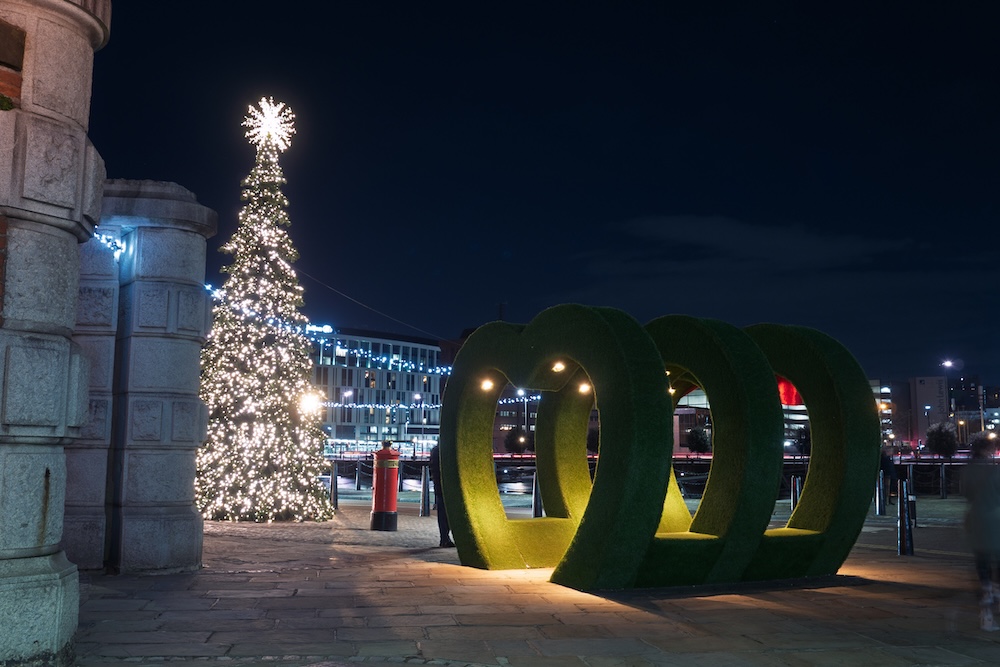


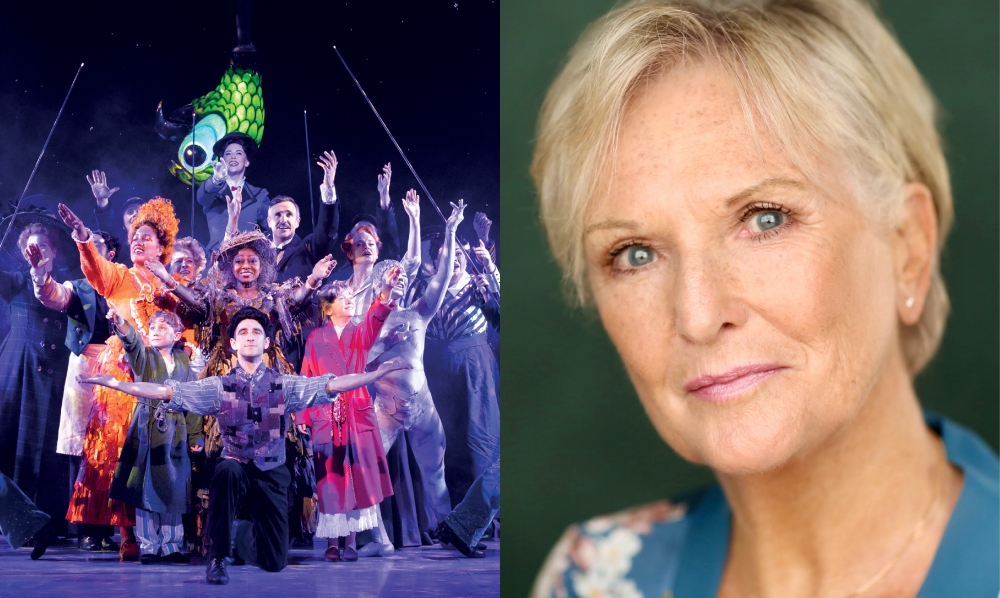
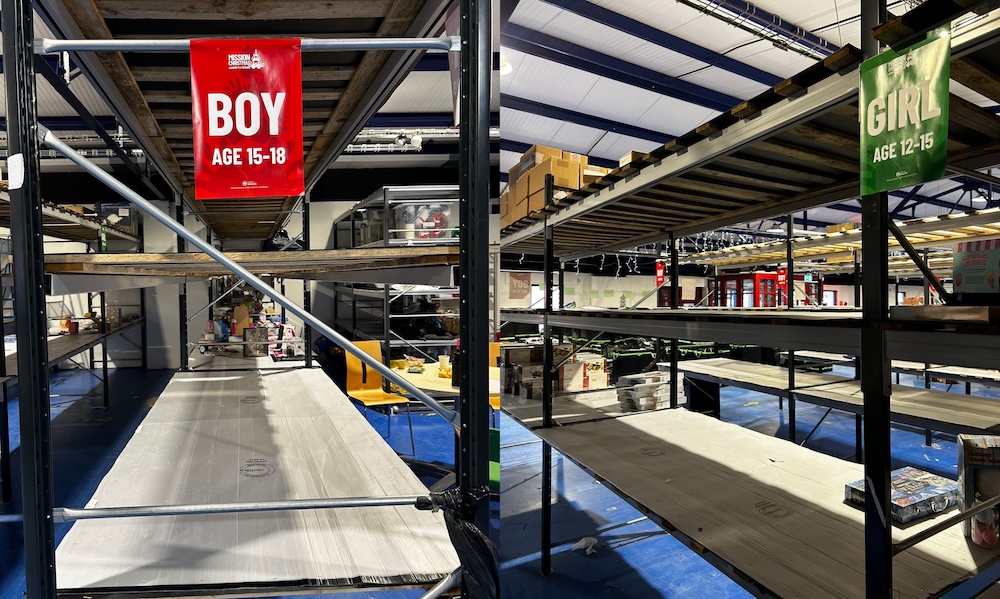


 Subscribe
Subscribe Follow Us
Follow Us Follow Us
Follow Us Follow Us
Follow Us Follow Us
Follow Us Follow Us
Follow Us











